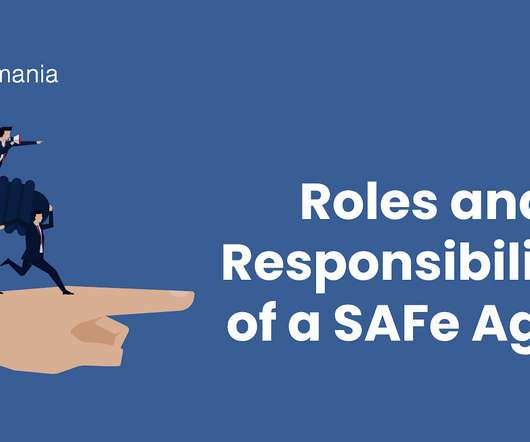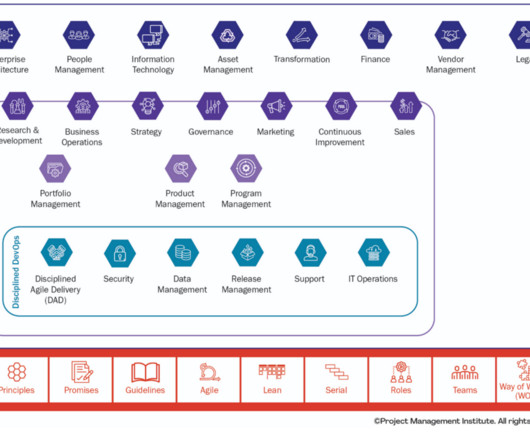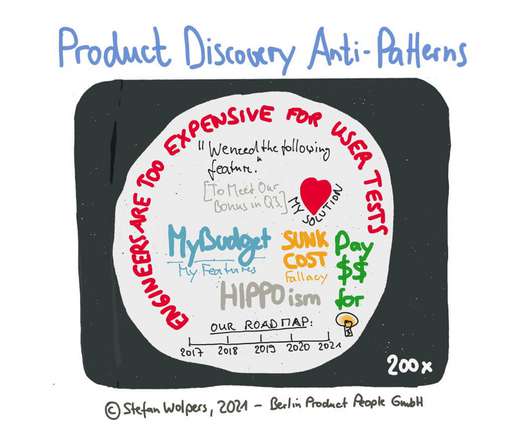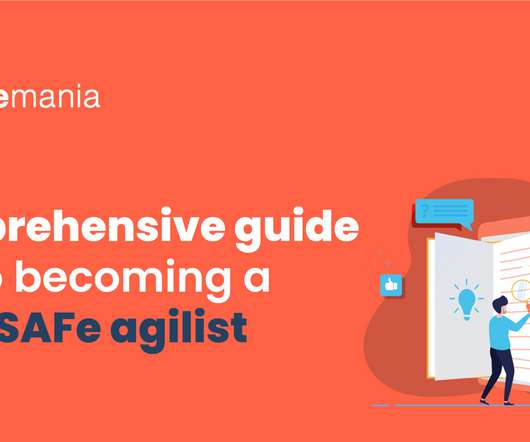The Roles and Responsibilities of a SAFe Agilist You Never Knew
Agilemania
DECEMBER 6, 2021
It was circa 2011 when Dean Leffingwell decided to conceptualize the Scaled Agile Framework. It’s when the entire organization uses Lean and agile practices to continually deliver innovative business solutions faster than the competition. They experiment and convey the importance of innovation to stakeholders and teams.















Let's personalize your content